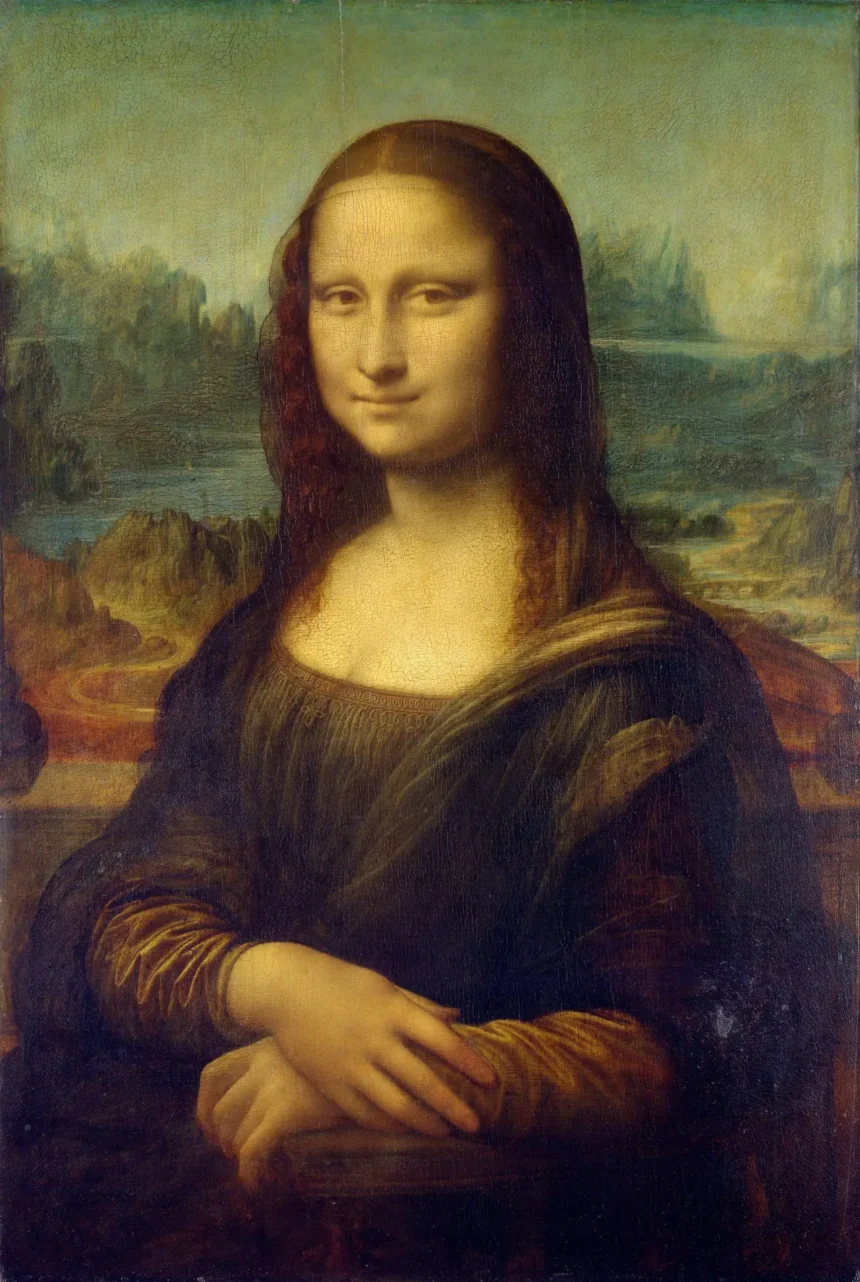Even today Leonardo da Vinci is revered for his contributions to the arts and sciences. Recent studies revealed in the Journal of the American Chemical Society demonstrate that his penchant for experimentation permeated even the foundational layers of his paintings. Surprisingly, samples from the “Last Supper” and the “Mona Lisa” indicate that Leonardo may have experimented with lead(II) oxide, causing a rare substance called plumbonacrite to form beneath his works of art.
The Mystery of da Vinci’s Paints and Pigments
Scientists have been poring into Leonardo da Vinci’s writings and artwork in quest of hints because of the atmosphere of mystery that has surrounded the paints and pigments in his studio. Many works of art from the early 1500s, such as the “Mona Lisa,” were painted on wooden panels that needed to have a substantial “ground layer” of paint applied before any additional artwork could be added. Scientists have discovered that whereas other artists frequently employed gesso, da Vinci experimented by applying thick layers of lead white pigment and by incorporating lead(II) oxide, an orange pigment that gave the paint above particular drying properties. On the wall below the “Last Supper,” he employed a same technique, departing from the conventional, fresco method in use at the period. Victor Gonzalez and associates intended to use modern, high-resolution analytical methods on small samples from these two paintings to better study these distinctive layers.

The Mona Lisa
Also read: Bee Sex Is Determined By A Molecular Dice Roll, Solving A 100-Year-Old Genetic Mysteries
In-depth Analysis and Findings
The scientists examined a tiny “microsample” that had previously been taken from a secret area of the “Mona Lisa” as well as 17 other microsamples that had been taken from various areas of the “Last Supper.” They discovered that the ground layers of these pieces of art not only contained oil and lead white, but also a far more uncommon lead compound called plumbonacrite (Pb5(CO3)O(OH)2). They made this discovery using X-ray diffraction and infrared spectroscopy techniques.
Even though it had been discovered in later Rembrandt paintings from the 1600s, this substance had not previously been seen in Italian Renaissance artwork. Because plumbonacrite is only stable in an alkaline environment, it is likely to have resulted from a reaction between lead(II) oxide (PbO) and oil. In the majority of the samples recovered from the “Last Supper,” intact grains of PbO were also discovered.
Da Vinci’s Unconventional Use of Lead Oxides

Da Vinci
Although lead oxides were frequently added to pigments by painters to speed up the drying process, this method has not been empirically verified for works by Leonardo da Vinci. Even though PbO is now recognised to be very harmful, the researchers who went through his papers only found references to it when they were discussing skin and hair cures. These findings show that lead oxides must have been on the ancient master’s palette and may have contributed to the creation of the works of art we know today, even if he may not have recorded it.
sourcce: youtube
Reference: “X-ray and Infrared Microanalyses of Mona Lisa’s Ground Layer and Significance Regarding Leonardo da Vinci’s Palette” by Victor Gonzalez, Gilles Wallez, Elisabeth Ravaud, Myriam Eveno, Ida Fazlic, Tiphaine Fabris, Austin Nevin, Thomas Calligaro, Michel Menu, Vincent Delieuvin and Marine Cotte, 11 October 2023, Journal of the American Chemical Society.
DOI: 10.1021/jacs.3c0700
Also read: Scientists Have Discovered A Transcranial magnetic stimulation For Nicotine Dependence




































